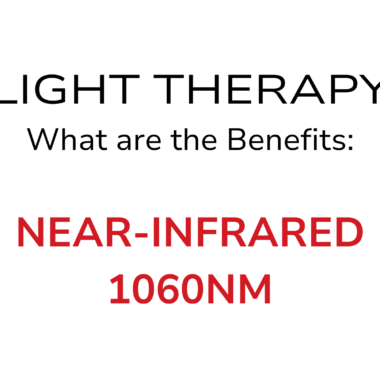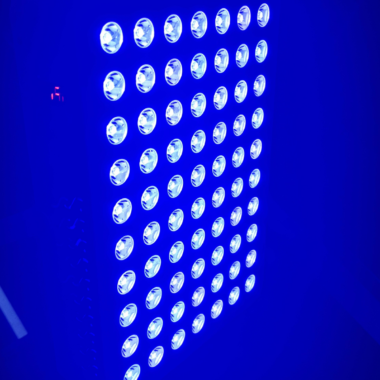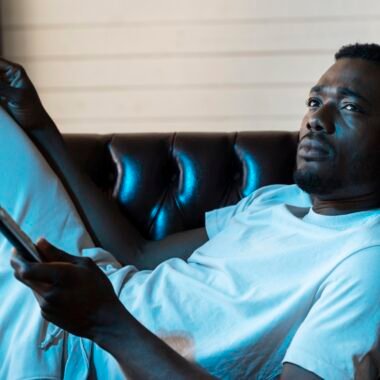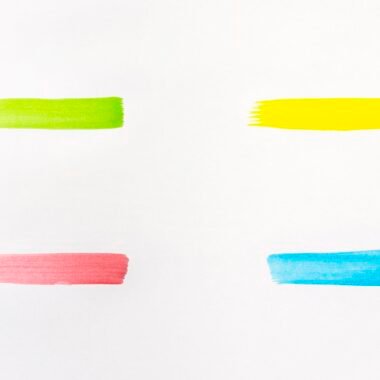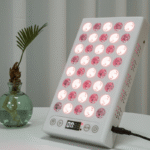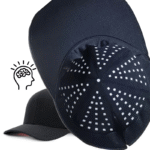Red light therapy (RLT) protocols can vary depending on the condition being treated and the specific device you’re using. Here’s a general guideline to keep in mind, but always consult the manufacturer’s instructions for your specific device and consider consulting a healthcare professional for personalized advice:
Table of Contents
Toggle
General Considerations:
- Wavelength: Most red light therapy devices use red light in the range of 620-750nm. This range is believed to be most effective for cellular stimulation.
- Dosage: This refers to the amount of light delivered and is typically measured in Joules (J) per centimetre squared (cm²). It’s a combination of factors including:
- Power Density: Measured in milliwatts per centimetre squared (mW/cm²) and indicates the light intensity.
- Exposure Time: Measured in minutes and refers to the duration of light exposure per treatment session.
- Distance from the Light Source: Closer distances deliver more concentrated light, potentially requiring shorter durations.
- Power Density: Measured in milliwatts per centimetre squared (mW/cm²) and indicates the light intensity.
Frequency:
- Generally, a minimum of 3 sessions per week is recommended, ideally daily.
- If using the device multiple times a day, sessions should be at least 6 hours apart to allow cells to rest.
Treatment Duration:
- Sessions typically range from 10-30 minutes per treatment area, depending on the device’s power and dosage recommendations.
Here are some resources with example protocols for specific concerns:
Professional Organizations:
- World Association for Photobiomodulation Therapy (WALT): This organization offers a wealth of information on photobiomodulation, including research, clinical applications, and educational resources. Opens in a new window waltpbm.org World Association for Photobiomodulation Therapy (WALT) website
- North American Association for Photobiomodulation Therapy (NAALT): A similar organization focused on North America, providing resources and promoting research in the field. Opens in a new window www.cerathrive.com North American Association for Photobiomodulation Therapy (NAALT) website
Educational Institutions: - Harvard Medical School: The Wellman Center for Photomedicine at Harvard conducts research on light-based therapies and often publishes studies on LED light therapy. Opens in a new window meded.hms.harvard.edu Harvard Medical School website
- University of Sydney: The Charles Perkins Centre at the University of Sydney also conducts research on light therapy and its potential applications. Opens in a new window www.shiksha.com University of Sydney website
Books: - The Ultimate Guide to Red Light Therapy: This book by Ari Whitten provides a comprehensive overview of red light therapy, including its science, benefits, and practical applications. Opens in a new window www.amazon.com Ultimate Guide to Red Light Therapy book by Ari Whitten
- Light Therapy: The Complete Guide: This book by Dr. Michael Hamblin covers various forms of light therapy, including LED light therapy, and delves into their mechanisms and potential uses. Opens in a new window theenergyblueprint.com Light Therapy: The Complete Guide book by Dr. Michael Hamblin
Government Agencies: - National Institutes of Health (NIH): The NIH website offers information on research studies and clinical trials related to LED light therapy. Opens in a new window newsinhealth.nih.gov National Institutes of Health (NIH) website
- Food and Drug Administration (FDA): The FDA website provides information on approved medical devices for light therapy and safety considerations. Opens in a new window www.fda.gov Food and Drug Administration (FDA) website
Important Safety Reminders:
- Not everyone is a good candidate for red light therapy. Consult a doctor if you have any concerns, especially if you’re pregnant or have certain medical conditions.
- Stop using the device if you experience any discomfort or side effects.
Remember, this is a general overview. Always prioritise the instructions from your device’s manufacturer and consult a healthcare professional for personalised guidance on red light therapy protocols.

